Two new Gallerie d’Italia branches, in Turin and Naples, will open in May. This was announced today by Intesa Sanpaolo. For Naples, this will be a major renovation of a museum that the public was already familiar with, that of Palazzo Zevallos Stigliano, which will be effectively relocated to Palazzo Piacentini, formerly the headquarters of the Banco di Napoli, a building designed by Marcello Piacentini, and located at Via Toledo 177, next to Palazzo Zevallos Stigliano. The Gallerie d’Italia will set up the Neapolitan collections on three times the space, which will touch ten thousand square meters, for an architectural intervention of great impact that will update the building and transform the Neapolitan Galleries into an institution on par with major national museums, with museological and museographic criteria that will align with the most innovative and recognized international museum standards. For Turin, this is a first, since the public will be able to visit the Palazzo Turinetti venue in Piazza San Carlo for the first time. This is the location of Intesa Sanpaolo’s legal and historical headquarters, where the bank is inaugurating its fourth museum, following those in Milan, Vicenza and Naples. Here, too, ten thousand meters of exhibition space on five floors, three of which are underground, with an architectural design that transforms the spaces of Palazzo Turinetti into a unique place where photography and video art will document and preserve images, events, and reflections to promote issues related to the evolution of ESG (Environmental, Social, Governance) sustainability.
In Naples, a selection of Neapolitan and southern paintings and sculptures from the early 17th to the early decades of the 20th century will be on display, starting with the masterpiece of the Intesa Sanpaolo collection, Caravaggio’s Martyrdom of St. Ursula, as well as new itineraries dedicated to Attic and Magna Graecia ceramics and modern and contemporary art. In Turin, on the other hand, Palazzo Turinetti will be home to theIntesa Sanpaolo Publifoto Archive, with about 7 million shots taken from the 1930s to the 1990s by one of Italy’s leading photojournalism agencies, and will display a selection of works from the Group’s collections including the pictorial cycle of the ancient Oratory of the Compagnia di San Paolo owned by the Bank. In Turin it will open on Tuesday, May 17, and in Naples on Saturday, May 21.
“The opening of the two museums,” Intesa Sanpaolo said in a note, “constitutes a fundamental step by Intesa Sanpaolo in promoting culture in Italy and enhancing the value of its artistic heritage made up of more than 35 thousand works of art owned, the economic value of which has been included at fair value in the financial statements since 2017. The four museums of the Gallerie d’Italia - Milan, Naples, Turin and Vicenza - recall common distinctive features by consolidating Intesa Sanpaolo’s museum system managed by the Bank’s Progetto Cultura, which was created to enhance the historical and artistic heritage that has flowed into the Group over the years. The venues are historic buildings formerly offices of the Bank that, in the renovation work guided by new requirements-including openness to the public, protection and preservation of works of art, sustainability, and full accessibility-remain clear reminders of their past functions. The 2022-2025 Business Plan recently unveiled by Managing Director and CEO Carlo Messina reinforces Intesa Sanpaolo’s commitment to culture with the expansion of the bank’s two other museums in Milan and Vicenza, leading by 2025 to the doubling of the Gallerie d’Italia’s total exhibition space - from 14.200 square meters to 30,000 square meters - and consolidating the Group’s position among the top private cultural operators internationally in terms of reputation, commitment, and the size, quality, and financial value of the collection, a commitment that is part of the Group’s ESG activities. Both museums will carry out numerous activities including original temporary exhibitions, education for schools, scientific research, and social inclusion initiatives. Some of the spaces will be available for city events and initiatives.”
Entrance to the new Gallerie d’Italia-Turin will be from the current access to the Bank’s courtyard, Piazza San Carlo 156, through a large staircase that will also become a place for socializing and will lead visitors to the underground exhibition spaces intended for exhibitions. On the first underground floor, the project will feature educational classrooms with modular spaces characterized by a large window overlooking the “Sala dei 300,” the historic hall where the Sanpaolo-IMI Banking Institute’s assemblies were held before the construction of the Turin skyscraper. Temporary exhibitions will be hosted here.
The second underground floor, where the ticket office will be located, will be a communication and meeting place, including for visiting school groups, a junction point of the museum from which the public can decide how to move through multiple routes according to their choices and interests. A “long sleeve” designed for classic photography will lead to the rooms on the third underground floor where theIntesa Sanpaolo Publifoto Archive will be located, visible to visitors through a large glass window. A large touchscreen panel will allow visitors to consult the digitized images of the Archive, thus made accessible for collective enjoyment. One of the major distinguishing features of the Turin Galleries will be located on this floor: a multimedia room (40 x 14 m) equipped with 17 4K projectors to give visitors the feeling of being immersed in the images and videos.
The tour route is not limited to the underground spaces. Going up to the ground floor, the public will find an open-air cloister bounded by Piazza San Carlo, Via XX Settembre and Via Santa Teresa, where a new bookstore, café and restaurant will also open. On the main floor of the palace, in the row of rooms overlooking Piazza San Carlo, the museum itinerary curated by Fernando Mazzocca, Alessandro Morandotti and Gelsomina Spione will display about fifty works-paintings, sculptures, tapestries, furnishings from the fourteenth to the eighteenth century, set up in dialogue with the late Baroque decorative apparatus (overheads, boiseries, mirrors) of the palace; a dedicated room will also house the nine large canvases owned by the Bank and made in the second half of the seventeenth century to decorate the former Oratory of the Compagnia di San Paolo, now destroyed. On the same floor, the historic “Turinetti Room” will be used for city events and initiatives. The direction of the Turin museum is entrusted to Michele Coppola, Executive Director Art Culture and Historical Heritage and Director of Gallerie d’Italia, flanked by Deputy Director Antonio Carloni, former director of the international festival Cortona On The Move.
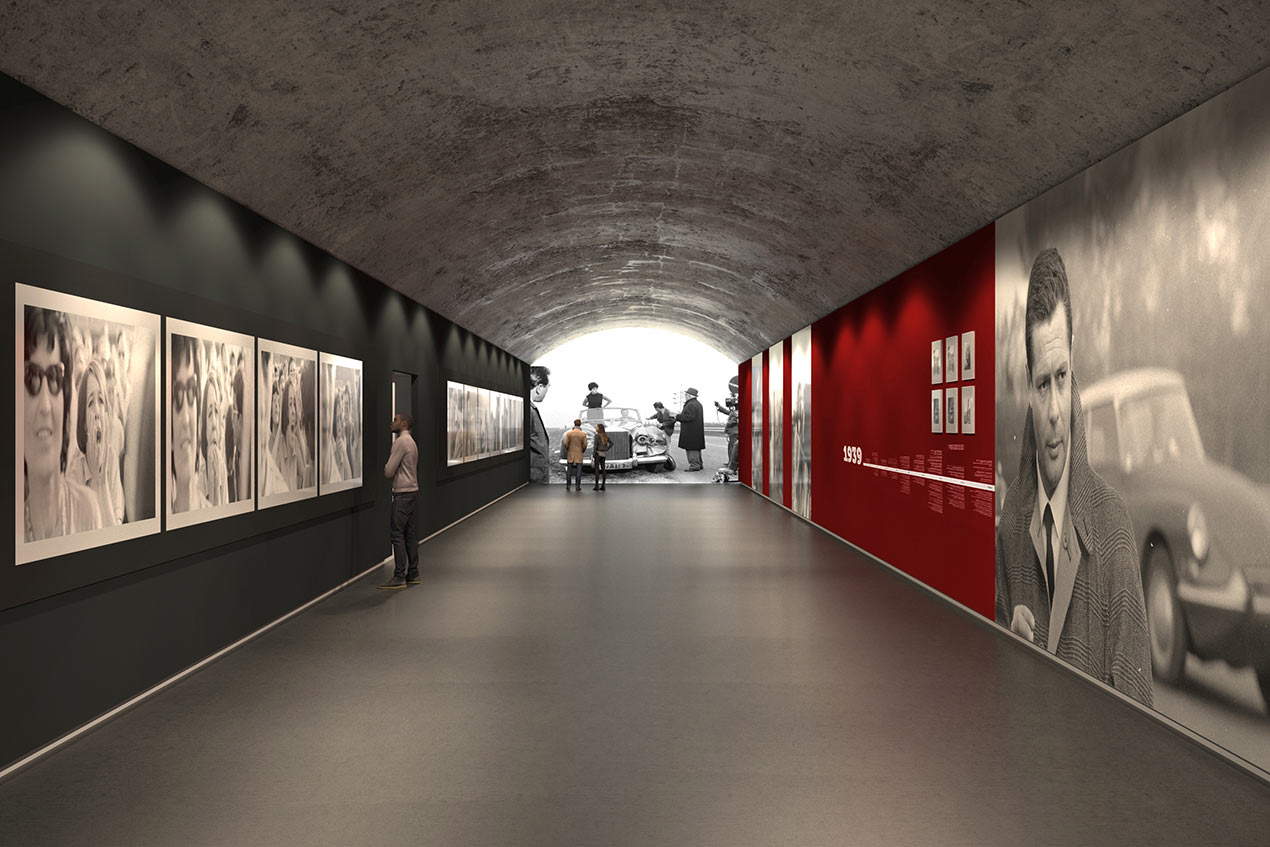 Gallerie d’Italia of
Gallerie d’Italia of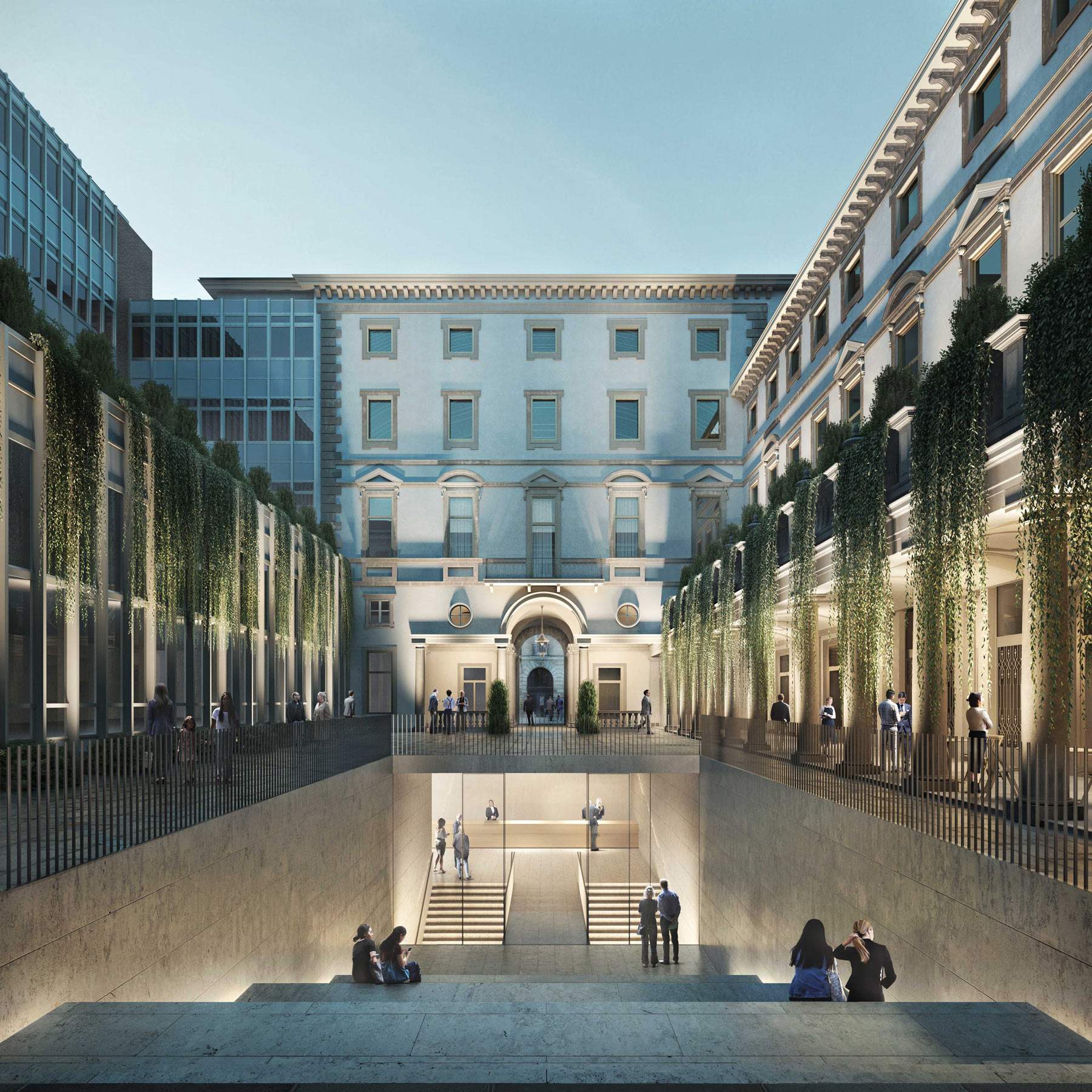 Gallerie d’Italia of
Gallerie d’Italia of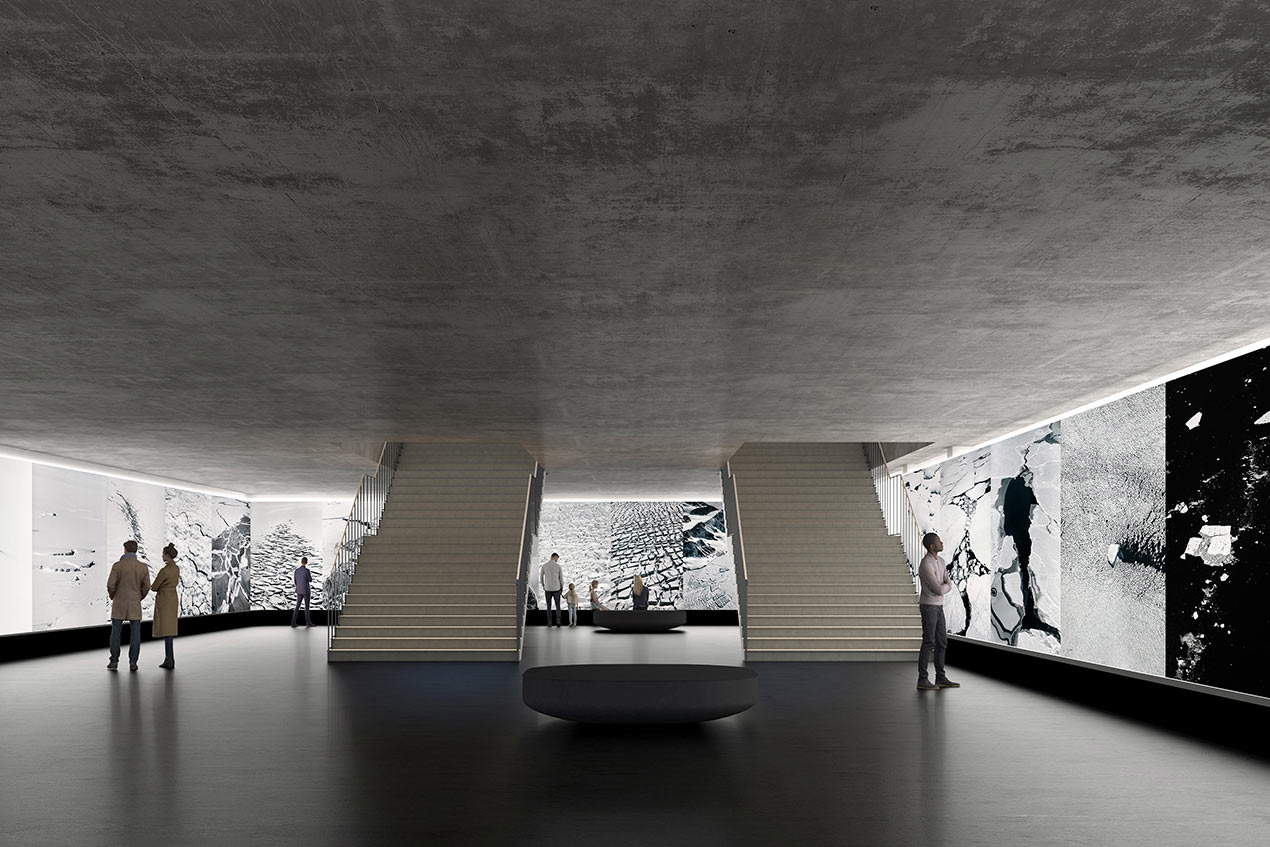 Gallerie d’Italia of
Gallerie d’Italia ofThe construction of Palazzo Piacentini was started in 2020 while maintaining full continuity of both the banking activities housed in the building and the exhibition activities of Palazzo Zevallos Stigliano, which despite the move has never stopped its activities. This is a high-impact architectural intervention that updates the building, the main body of which is the 1940 work of Marcello Piacentini, with the aim of not distorting its historical value in coherence with what has been done for the other branches of the Gallerie d’Italia.
Works from the permanent collection are distributed along three thematic itineraries. On the second floor, in the section of the museum curated by Fernando Mazzocca, we find a selection of paintings and sculptures mainly from the Neapolitan and southern areas, from the period from the early 17th to the first decades of the 20th century, starting with the absolute masterpiece of the collections, Caravaggio’s Martyrdom of St. Orsola, the master’s last canvas painted in May 1610, a few weeks before his death. Prominent among others are the names of Artemisia Gentileschi, Luca Giordano, Gaspar van Wittel, Anton Smink Pitloo, Giacinto Gigante, and Domenico Morelli. A collection of drawings and sculptures by Vincenzo Gemito forms one of the most important nuclei of the great author, effectively documenting his extraordinary artistic parabola. On the second floor will be exhibited itineraries dedicated to Attic and Magna Graecia ceramics and works from the modern and contemporary art collections. The first, curated by Fabrizio Paolucci, presents for the first time to the public in its entirety the historic Caputi Collection belonging to Intesa Sanpaolo, consisting of more than 500 vases and other artifacts made in Athens, Apulia and Lucania between the fifth and third centuries B.C., all from Ruvo di Puglia, a center in the province of Bari that played a very important political, economic and cultural role in Magna Graecia.
A row of rooms facing Via Toledo hosts, on the same floor, the second itinerary: a selection of works from Intesa Sanpaolo’s 20th- and 21st-century art collection, curated by Luca Massimo Barbero, which constitutes an evocative journey through chronological juxtapositions that reach from the postwar period to the contemporary. It features works by Lucio Fontana, Alberto Burri, Piero Manzoni, Enrico Castellani, Mario Schifano, Giulio Paolini, Alighiero Boetti, Michelangelo Pistoletto, Giosetta Fioroni, Carol Rama, Afro, Emilio Vedova, Gerhard Richter, Jannis Kounellis, and Sol LeWitt.
The monumental entrance hall will live in symbiosis with the street establishing continuity and close connection with the urban space. Heart of the building will be the large hall on the ground floor dedicated to temporary exhibitions and major cultural initiatives with the best international artists and curators. The cafeteria-bistro and bookshop will be freely accessible from Via Toledo. Three educational classrooms, on the second floor, allow the expansion of educational activities for schools and specific audiences, always free of charge, which over the years have represented an element of fundamental commitment on the part of the Bank to the territory. A new library with a collection of volumes from Intesa Sanpaolo’s library holdings, linked to the National Library Service, will offer scholars and enthusiasts the opportunity to delve into themes and aspects related to the works in the museum’s collections and temporary exhibitions. The Neapolitan museum’s direction remains in the hands of Michele Coppola, Executive Director Art Culture and Historical Heritage and Director of Gallerie d’Italia, flanked by Deputy Director Antonio Ernesto Denunzio.
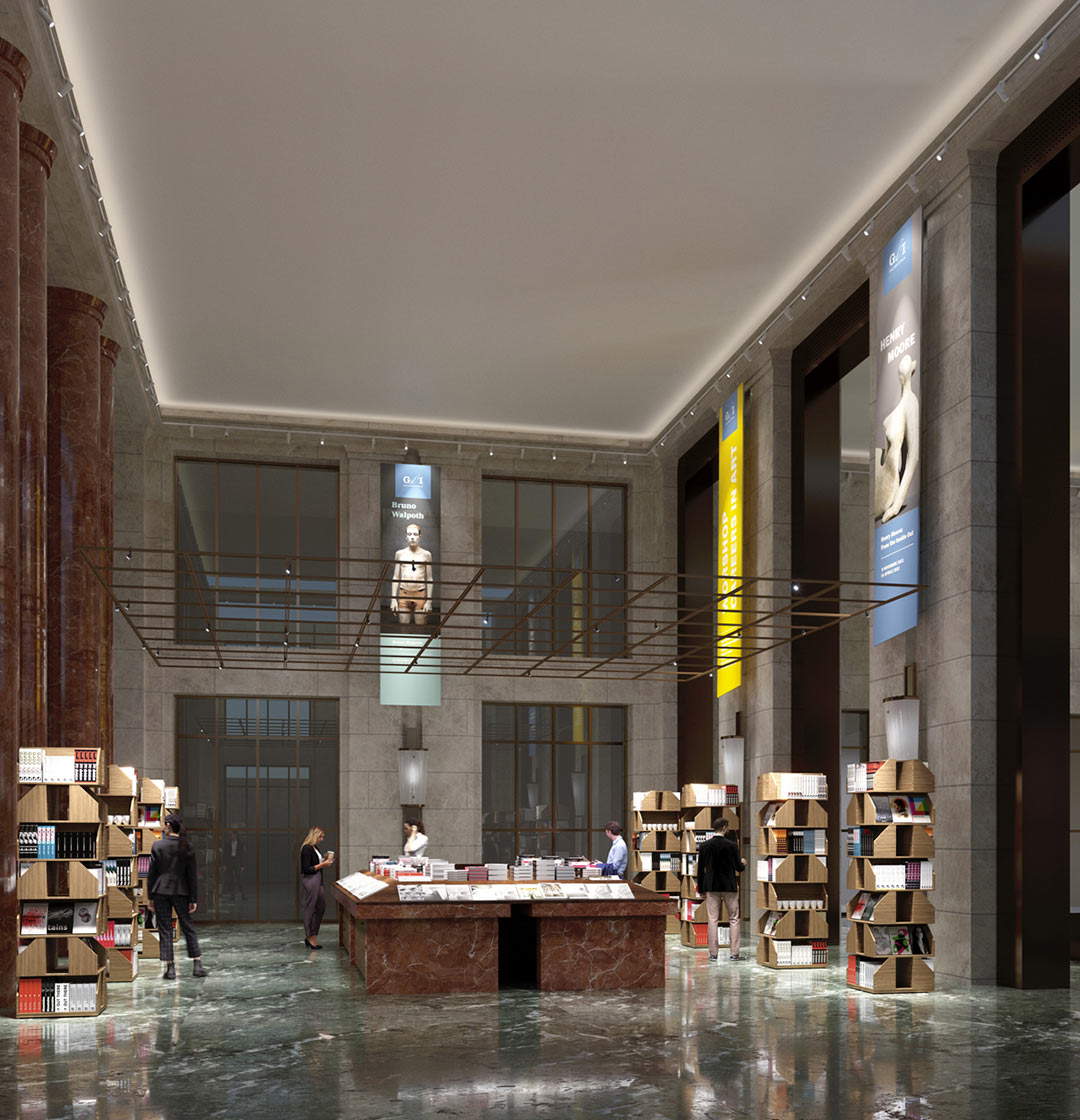 Gallerie d’Italia of
Gallerie d’Italia of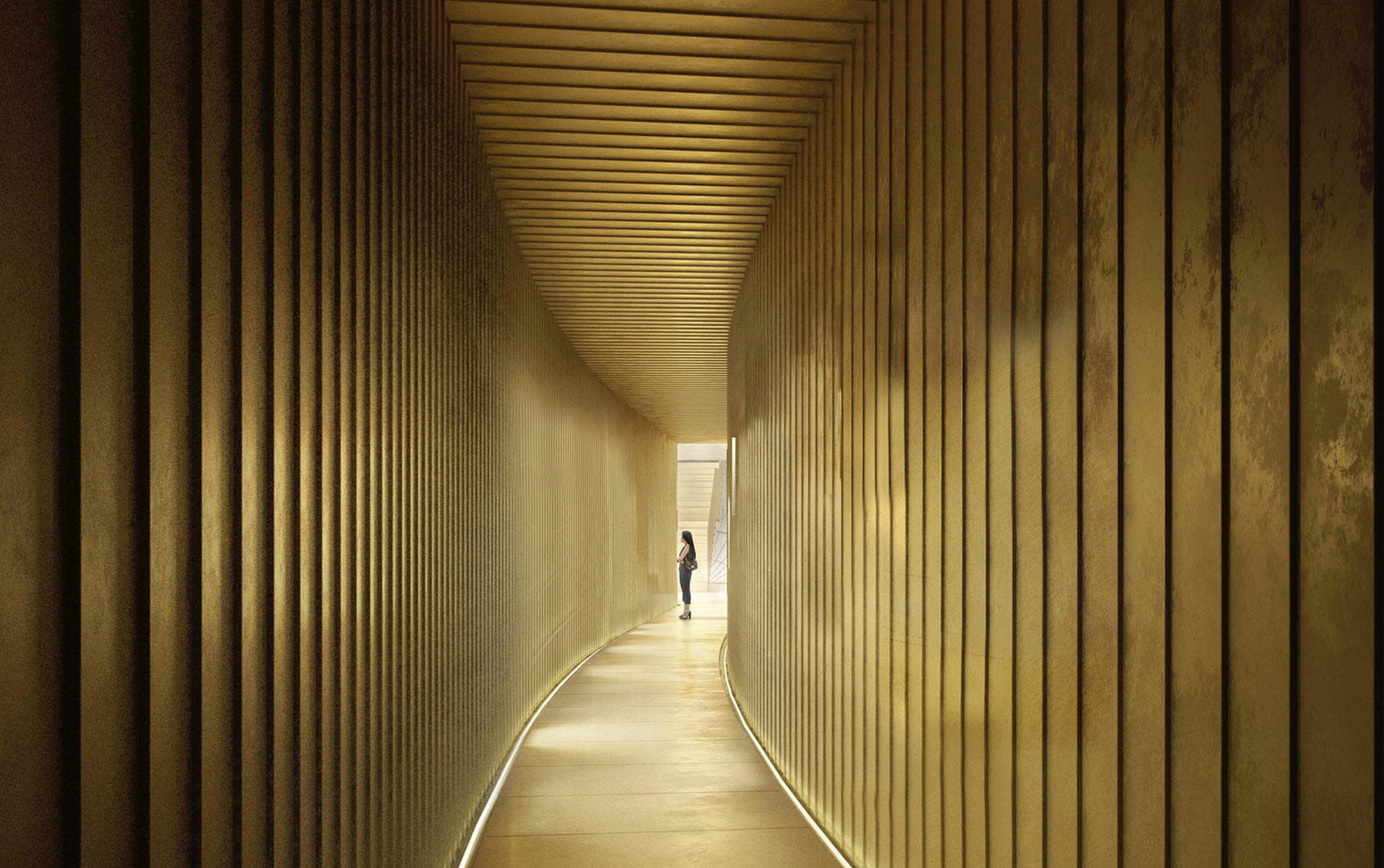 Gallerie d’Italia of Naples
Gallerie d’Italia of Naples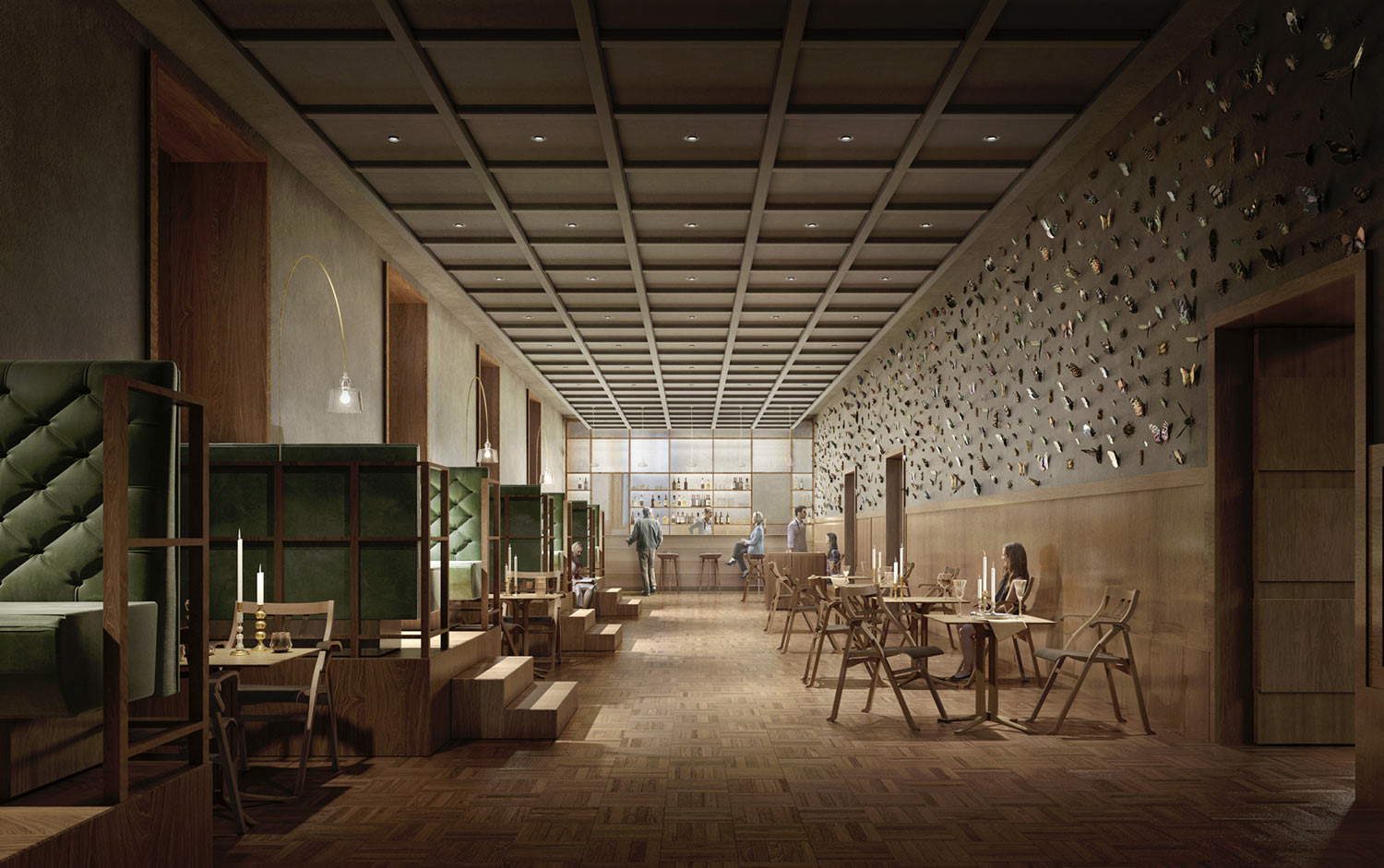 Galleries of Italy in
Galleries of Italy inThe opening of the exhibition spaces in Turin will take place with the exhibition La fragile meraviglia. A Journey into Changing Nature by Paolo Pellegrin, an auteur photographic reportage dedicated to the theme of climate change curated by Walter Guadagnini and contributed by Mario Calabresi. The work represents an original commission that has seen the photographer engaged in countries such as Namibia, Iceland, Costa Rica, and Italy to provide a personal reading through images of the relationship between man and his natural environment, a crucial theme of contemporaneity. Pellegrin’s reflection in images will dialogue with the exhibition From War to the Moon. 1945-1969, a selection of historical images from the Intesa Sanpaolo Publifoto Archive curated by Giovanna Calvenzi and Aldo Grasso that documents the economic miracle up to the greatest achievement of modern man, the moon landing.
In Naples, the first temporary exhibition hosted in the new venue will be the concluding exhibition of the 19th edition of Restituzioni, the two-year program to safeguard and enhance the national artistic heritage that Intesa Sanpaolo has been conducting for more than 30 years in collaboration with the Ministry of Culture. Works of public heritage restored thanks to Intesa Sanpaolo in the past three years (the pandemic delayed the time but did not stop the project) belonging to archaeological sites, museums, places of worship from all over Italy will be on public display.
 |
| Two new Gallerie d'Italia locations open in May: Turin and Naples |
Warning: the translation into English of the original Italian article was created using automatic tools. We undertake to review all articles, but we do not guarantee the total absence of inaccuracies in the translation due to the program. You can find the original by clicking on the ITA button. If you find any mistake,please contact us.